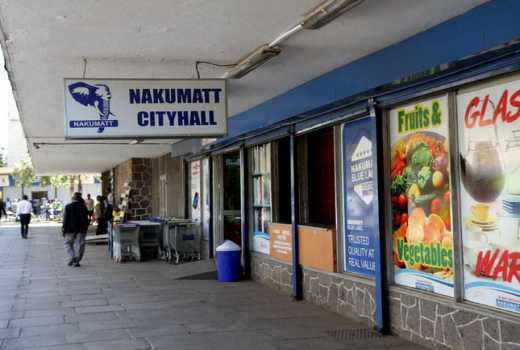×
The Standard e-Paper
Truth Without Fear

At its height, Nakumatt Supermarkets was the darling of mall owners.
New and upcoming malls were outbidding each other to have the retailer become their anchor tenant and with the promise of human traffic that the chain was almost guaranteed to bring, property owners would use this as bargaining chip and get other tenants that would pay premium rental charges.